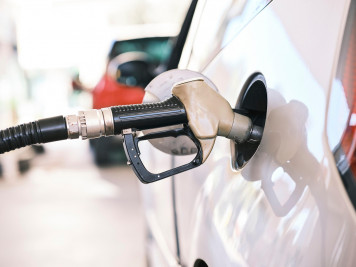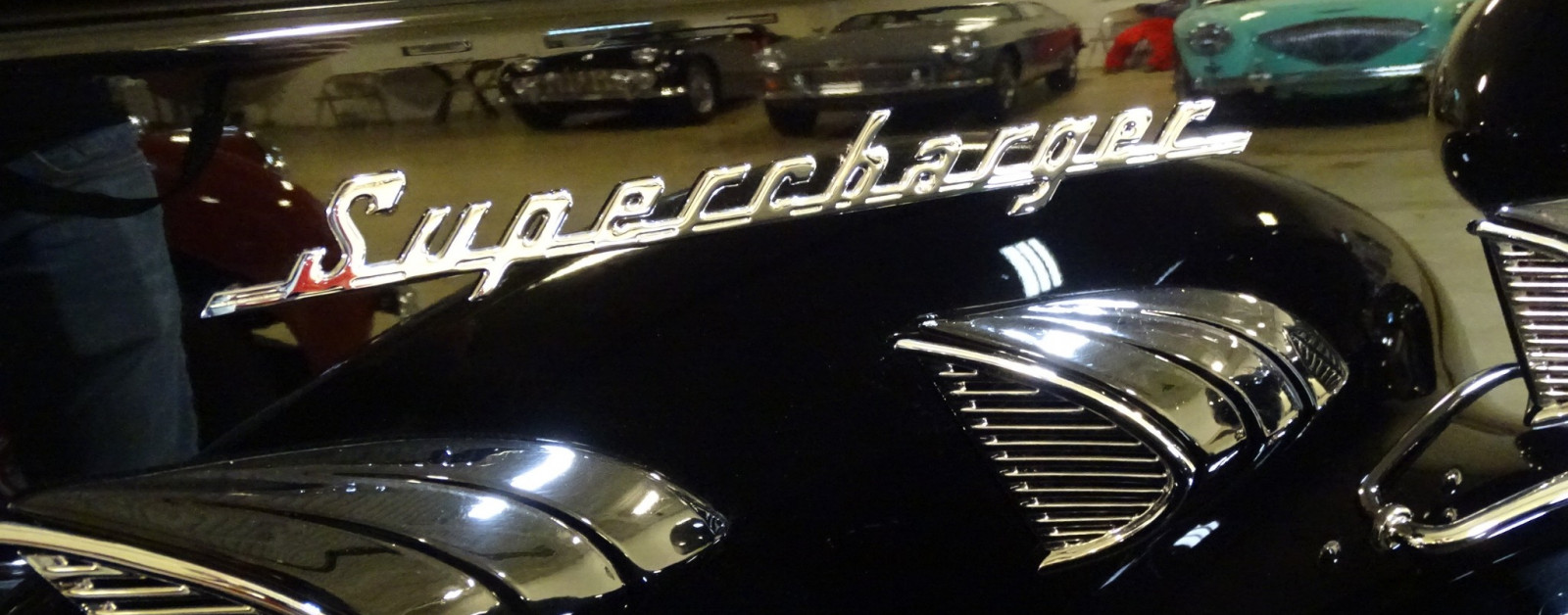
Not to be confused with E10 (90% Gasoline and 10% Alcohol), E15 (85% Gasoline and 15% Alcohol) was approved for use by the feds last year after extensive testing and approval.
The major advantages of E15 is that it reduced the US dependency on oil and burns cleaner in our vehicles, reducing emissions that cause pollution.
Some of the disadvantages are that un-burned E15 evaporates more readily contributing to the Ozone layer depletion and the additives that let the alcohol and gasoline mixture stay in solution is corrosive.
Newer cars have been designed with materials that won’t corrode and evaporation systems that don’t let the un-burned vapors into the environment, but unfortunately older cars were never designed for E15 and the materials are easily corroded and the lack of any evaporation controls compounds the emissions problems, therefore it’s not recommended that pre 2001 vehicles use E15 because of the corrosion issues and never use any gasohol blend in a pre 1986 or any classic vehicle.
Its know that ethanol blends of fuel can weaken and destroy rubber parts, gaskets and seals. Blended fuels retain more water and the water it holds causes rust damage throughout the fuel system of older cars.
Classic car owners should avoid using ethanol unless they have taken steps to updated their fuel systems, and if you have no choice, E10 or 10% blend is always a safer bet
Although not the perfect solution, Gasohol is a step in the right direction to finding alternative fuels for our automobiles.

 To request an appraisal, please complete the sections below:
To request an appraisal, please complete the sections below: